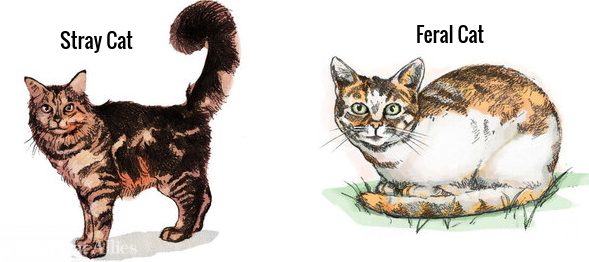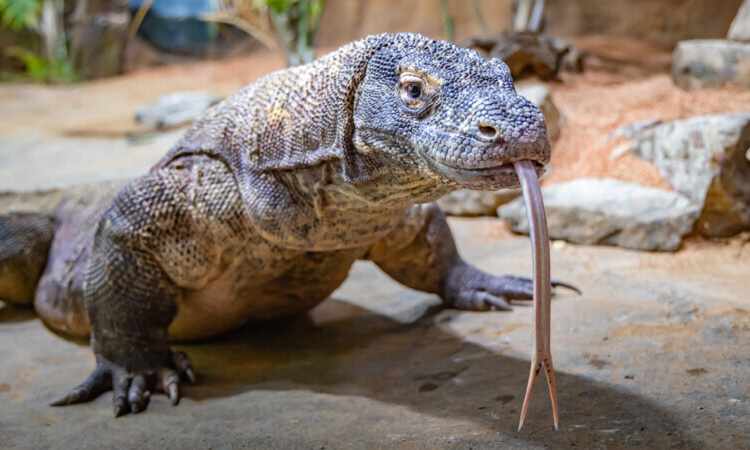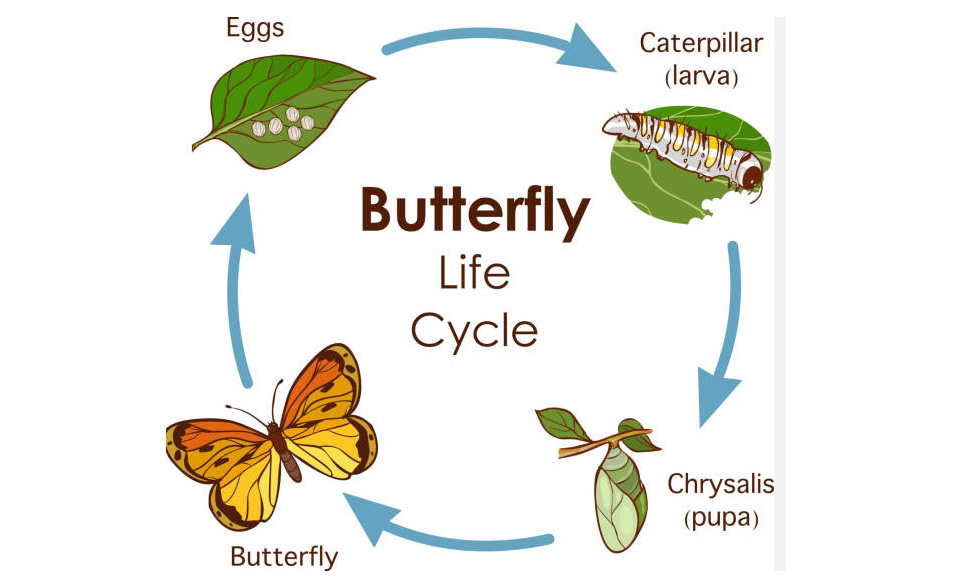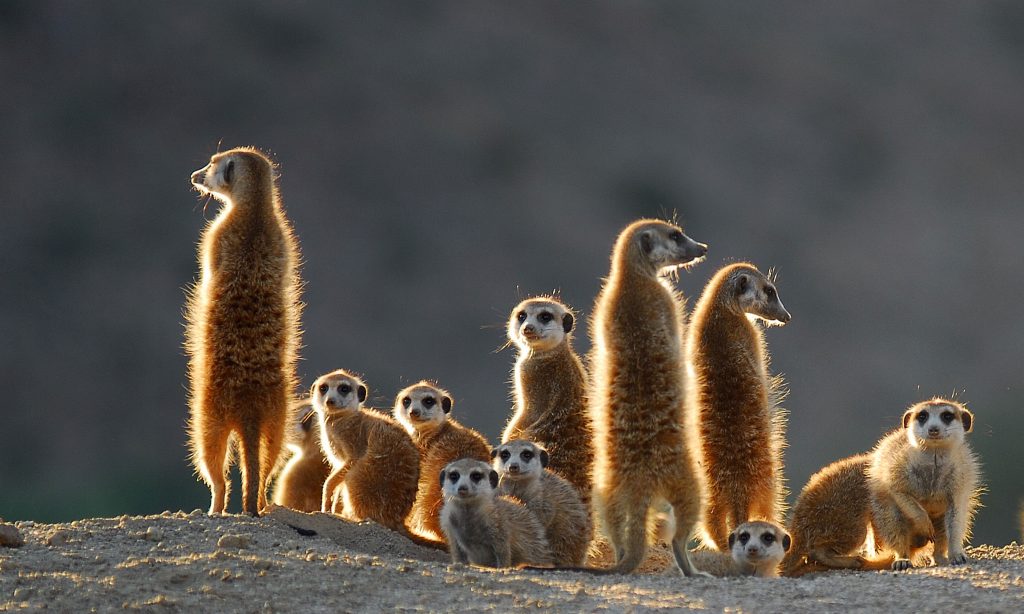Title: Understanding Feral Cats: Myths, Challenges, and Community Solutions
Introduction
Feral cats are often misunderstood creatures that play a unique role in our ecosystem. As their populations grow, it’s essential to know not just what they are, but also how they fit into our communities and what we can do to help them thrive. This post delves into the world of feral cats, their impact on local environments, and how communities can effectively manage their populations.
The Life of a Feral Cat
Feral cats are domestic cats that have adapted to living independently of humans. Unlike stray cats, who are socialized and may still seek human interaction, feral cats typically avoid contact with people. They often form colonies, which can range from just a few to many individuals. Living off scraps and hunting small animals, feral cats can survive in various environments, from urban to rural. Understanding their behavior is key to developing humane strategies for their management.
Challenges Facing Feral Cats
Feral cats face numerous challenges, including food scarcity, disease, and harsh weather conditions. Additionally, their presence can lead to conflicts with local wildlife, particularly birds and small mammals. Communities may struggle with the increasing population of feral cats, leading to issues like littering and noise. Despite these challenges, it is crucial to approach feral cats with compassion and understanding instead of fear or disdain.
Community Solutions: TNR Programs
One of the most effective ways to manage feral cat populations is through Trap-Neuter-Return (TNR) programs. In TNR, community volunteers humanely trap feral cats, have them spayed or neutered, and then return them to their original location. This method helps to gradually reduce cat populations while allowing the cats to continue living in their familiar environment. TNR programs not only improve the health of the feral cat population but also make for a more harmonious coexistence with local wildlife and residents.
Conclusion
Feral cats are an intricate part of our urban and rural landscapes, deserving of our understanding and support. By learning more about their lives and the challenges they face, you can contribute to creating healthier environments for both cats and local wildlife. If you’re interested in taking action, consider volunteering with or supporting TNR programs in your area. Together, we can make a difference in the lives of these resilient creatures!




